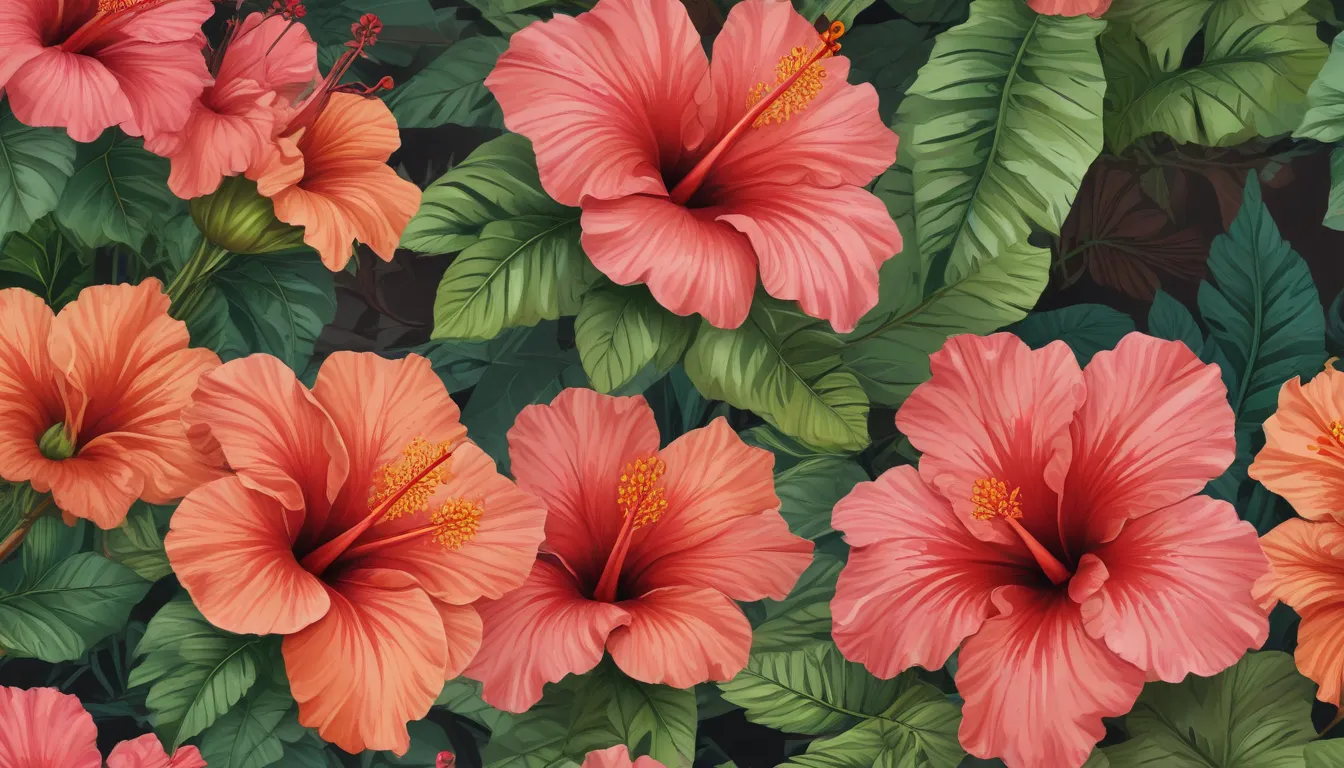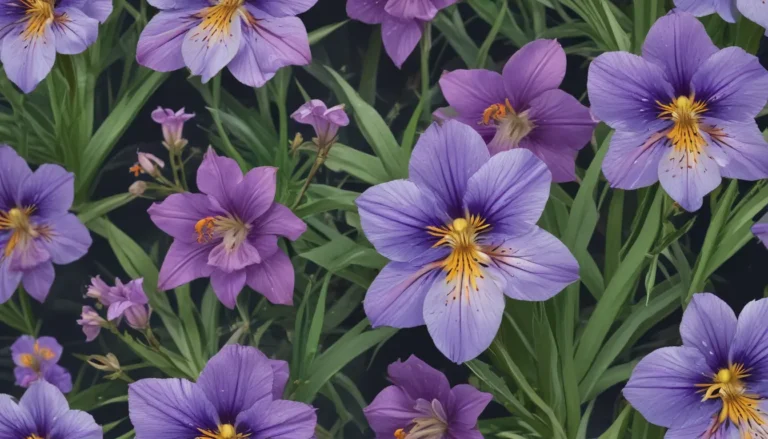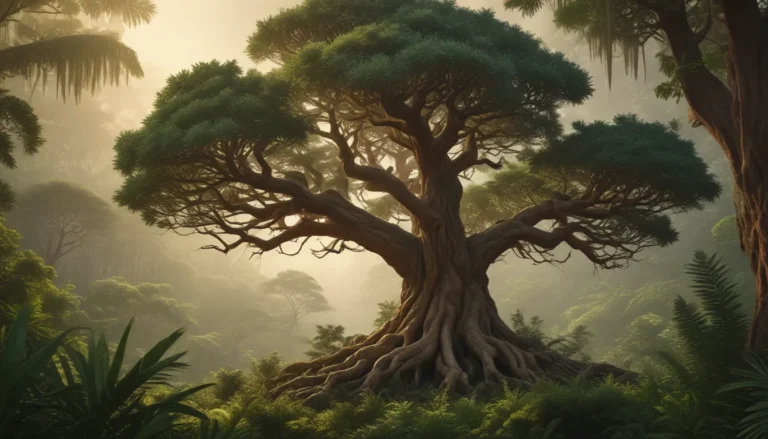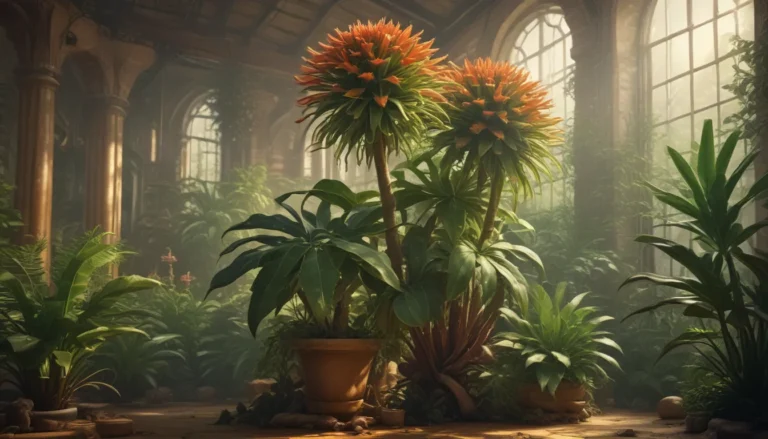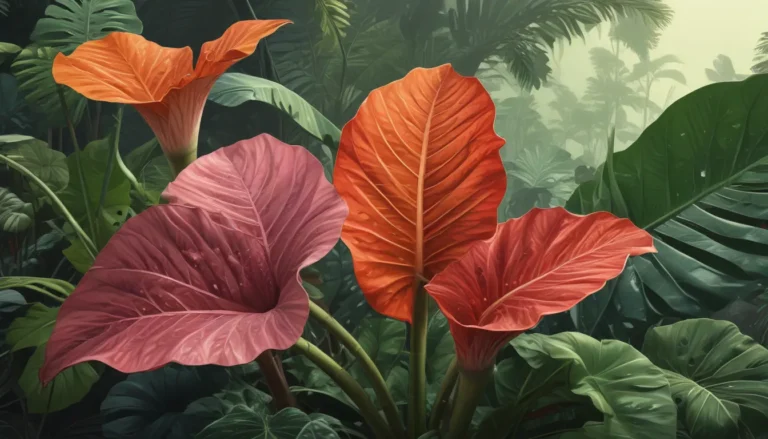The pictures we use in our articles might not show exactly what the words say. We choose these pictures to make you interested in reading more. The pictures work together with the words but don’t take their place. The words still tell you the important facts.
Hibiscus, with its vibrant and showy blossoms, is more than just a pretty flower – it’s a symbol of love, unity, and health. From its vibrant colors to its medicinal uses, hibiscus has a rich cultural and natural significance that captivates people around the world. Whether it’s used in traditional medicine, as a natural dye, or in culinary delights, hibiscus is a versatile plant that inspires creativity and admiration. Join us as we explore the enchanting world of hibiscus and uncover ten intriguing facts that will deepen your understanding and appreciation for this remarkable plant.
The Vibrant Colors of Hibiscus Flowers
Hibiscus is known for its stunning array of colors, ranging from vibrant reds and pinks to delicate yellows and whites. These eye-catching hues make hibiscus a popular choice for gardens and floral arrangements. The diverse colors of hibiscus flowers reflect the plant's beauty and vibrancy, attracting not only bees and hummingbirds but also humans.
Hibiscus as a National Symbol
In many countries, including Malaysia, Haiti, and South Korea, hibiscus is recognized as a national flower. It symbolizes beauty, love, and unity and holds cultural significance in various traditions and ceremonies. The presence of hibiscus as a national symbol highlights its importance and impact on different cultures around the world.
Medicinal and Health Benefits of Hibiscus
Hibiscus has a long history of use in traditional medicine for its potential health benefits. It is believed to have antioxidant properties, aid in digestion, lower blood pressure, and promote liver health. Hibiscus tea, made from the dried petals, is a popular herbal remedy that is known for its refreshing taste and potential health benefits.
Hibiscus: A Family of Flowers
Hibiscus belongs to the family Malvaceae, which is one of the largest families of flowering plants. This diverse family also includes other well-known species such as cotton, okra, and cocoa. The broad range of plants within the Malvaceae family showcases the versatility and beauty of these flowering plants.
Hibiscus Varieties Around the World
With over 200 species of hibiscus, each with its unique characteristics, hibiscus is a diverse and fascinating plant. Some popular varieties include the Hibiscus rosa-sinensis, Hibiscus syriacus, and Hibiscus sabdariffa. The wide variety of hibiscus species highlights the plant's adaptability and resilience in different climates and environments.
Hibiscus: A Natural Dye
The petals of hibiscus flowers can be used to create natural dyes, producing vibrant shades of red, pink, and purple. This natural dyeing method has been practiced for centuries in various cultures and continues to be a popular and sustainable alternative to synthetic dyes.
Hibiscus in Culinary Delights
Aside from its beauty, hibiscus is also used in culinary creations. The dried hibiscus petals, commonly known as “sorrel” in the Caribbean, are used to make refreshing beverages, jams, jellies, and even desserts. The unique flavor and color of hibiscus petals add a delightful twist to various culinary creations.
Symbolism of Hibiscus in Different Cultures
Hibiscus holds special symbolic meanings in different cultures. In Hawaiian culture, hibiscus represents hospitality and the welcoming spirit. In Chinese culture, it symbolizes wealth, fame, and glory. The diverse cultural symbolism of hibiscus reflects its universal appeal and significance around the world.
Hibiscus as a Natural Hair Care Ingredient
Hibiscus is also known for its beneficial effects on hair health. It is often used as an herbal remedy to promote hair growth, soothe the scalp, and add shine to the hair. The natural properties of hibiscus make it a popular ingredient in hair care products and treatments.
Hibiscus: A Source of Inspiration
With its beauty and diverse range of uses, hibiscus has become a symbol of inspiration for artists, poets, and garden enthusiasts around the world. It serves as a reminder of the natural beauty and wonders of the plant kingdom, inspiring creativity and appreciation for the world around us.
Conclusion
In conclusion, hibiscus is a fascinating plant that offers not only beauty but also a myriad of benefits. From its vibrant and attractive flowers to its medicinal properties, hibiscus has captured the attention of people worldwide. Whether you enjoy a refreshing cup of hibiscus tea or simply appreciate the ornamental value of this plant, there is no denying its significance. With its rich history, diverse cultural symbolism, and impressive range of uses, hibiscus continues to intrigue and captivate. Whether you are a gardener, a tea enthusiast, or someone interested in natural remedies, exploring the world of hibiscus is well worth it. So next time you encounter a hibiscus plant, take a moment to appreciate its beauty and remember the many fascinating facts associated with this remarkable plant.
FAQs about Hibiscus
- Are all hibiscus flowers edible?
-
Yes, all hibiscus flowers are edible. However, certain varieties are more commonly used for culinary purposes, such as Hibiscus sabdariffa, which is widely used for making hibiscus tea.
-
Can hibiscus be grown indoors?
-
Yes, hibiscus can be grown indoors if provided with proper care and conditions. Ensure they receive adequate sunlight, fertilization, and regular watering to thrive indoors.
-
Does hibiscus have any health benefits?
-
Yes, hibiscus is known for its numerous health benefits. It is rich in antioxidants, can help lower blood pressure, promote liver health, and aid in weight management.
-
How often should I water my hibiscus plant?
-
Hibiscus plants prefer regular watering, especially during the hot summer months. Water them deeply, allowing the soil to dry slightly between waterings.
-
Can hibiscus be propagated from cuttings?
- Yes, hibiscus can be easily propagated from cuttings. Take stem cuttings from a healthy plant, remove the lower leaves, and place them in a well-draining potting mix. Keep them moist and in a warm environment until rooted.
These questions cover just a few aspects of hibiscus, but there is much more to explore and discover. Embrace the vibrant world of hibiscus and uncover the many fascinating facts about this beautiful plant.
Trust in our commitment to quality and authenticity as you explore and learn with us. Every fact shared is contributed by real users like you, ensuring a wealth of diverse insights and information. Explore the enchanting world of hibiscus with us and deepen your understanding and appreciation for this remarkable plant.
